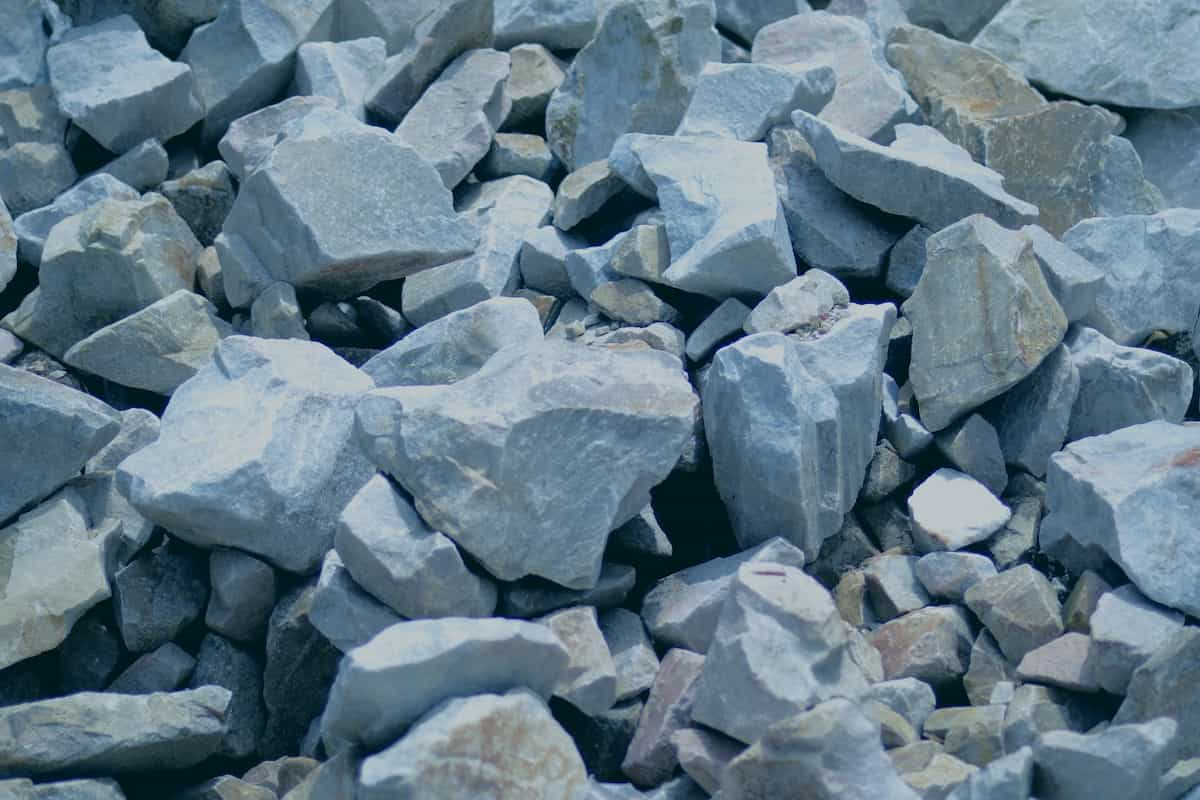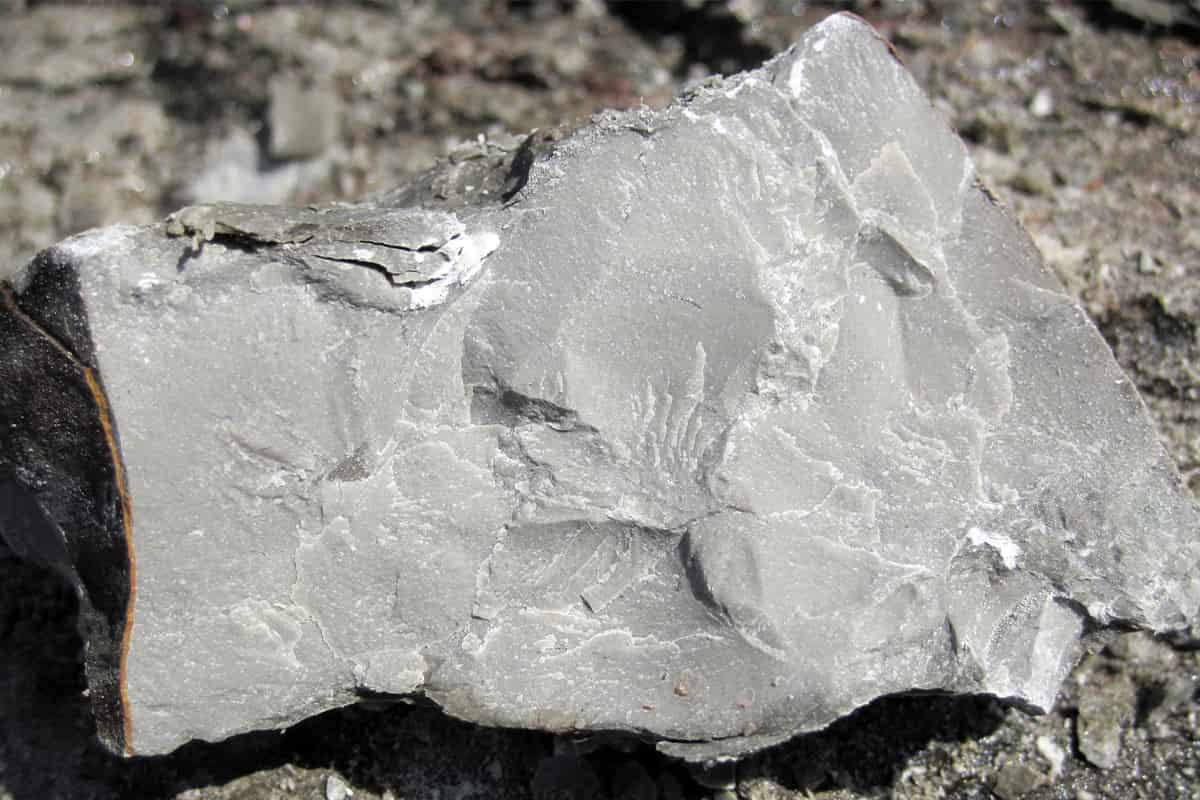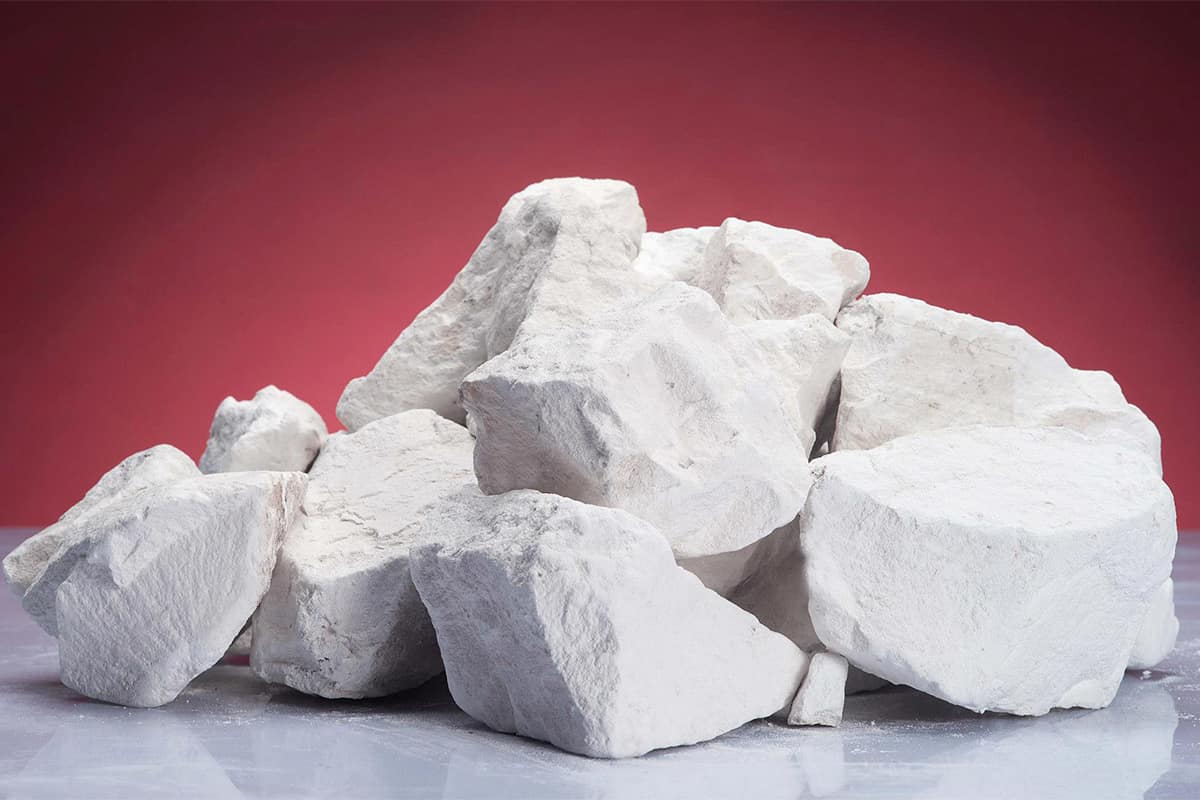Limestone is an important ingredient in the steelmaking industry and it has many usages in different industries as well. It is impossible to imagine the steel industry without limestone. Limestone must be added to the Electric Arc Furnace (EAF), and Oxygen based (BOF) and cleaned. Limestone's functions in iron and steel production are purification, sulfur removal, phosphorus removal, as a flux, acid neutralizer, etc. Both types of limestone and dolomite with a high calcium content are used in steel production. Limestone usually separates phosphorus, sulfur, silica, and manganese from molten iron components. Limestone is also used in the secondary refining of steel. Soft limestone or calcium oxide has 3 main functions in this industry: Slag production: Soft limestone is used to make slag, which contains impurities in iron ore. In addition, quick limestone protects the metal from atmospheric elements such as nitrogen and hydrogen and acts as an insulator so that it melts at temperatures of 1600 to 1800 degrees Celsius. Phosphorus removal: Phosphorus present in iron ore can cause metal wear, which destroys the properties of the steel produced. Phosphorus in large quantities prevents the steel's plasticity and can cause the steel to break after cooling. Soft limestone is added to the steel production process and phosphorus is extracted from it before the forming stage. Desulfurization: Sulfur makes steel brittle and brittle and causes cracking during forming. Soft limestone reduces its negative effects by desulfurizing the steel.

Electric arc furnaceIn an electric arc furnace, materials such as steel scrap, DRI and HBI, pig iron, and iron ore are melted by the heat generated by the electric current. In this furnace, quick limestone or a mixture of calcium oxide and dolomite is added to the furnace in quantities of 50 to 120 pounds per hour. tons of steel. Naturally, the consumption of dolomite limestone is 50% more. The advantage of using limestone as a flux is that it removes impurities and forms slag that can be easily separated from molten steel. At this stage, quick limestone or sorting is used, unless micronized limestone is required due to the use of special equipment. Alkaline oxygen furnaceThe molten iron produced by the ironmaking furnace enters the basic oxygen furnace. At this stage, oxygen is injected into the molten iron at high speed, which will cause the oxidation of carbon and impurities. Limestone is used in the various stages of this kiln. Many steel mills carry out the desulfurization process outside the furnace. For this, powdered quick limestone is used. Before the oxygen is injected, quick limestone is added to the compounds in the ironmaking furnace, where it reacts with silica and phosphorus impurities to form a slag in the form of foam, which can be separated in the next step. Regardless of how much high calcium limestone is used in the steel mill's production process, the weight will increase by 30% to 50% if dolomite (magnesium) limestone is used. Although slaked limestone is mostly used in oxygen furnaces, if the injection system is used for special processes such as OBOP, powdered slaked limestone with special properties is required. Secondary steelmakingWhile oxygen furnaces and electric arcs perform different processes on the steel, the product requires a secondary purification process before it can be marketed, especially when ultrapure steel is to be produced.

In most secondary steelmaking processes, limestone is used to perform critical operations such as temperature control or steel chemistry, remove residual impurities, and prevent the reabsorption of contaminants from the slag. In addition, quick limestone can be used with other materials such as fluorspar and alumina to create synthetic slag as a flux to remove excess sulfur and phosphorus after primary steelmaking. Steelmaking is defined as the part of the metal industry dedicated to the extraction and processing of iron. In fact, iron is one of the most abundant elements on Earth, after oxygen, silicon and aluminum. The first iron to be used was probably an alloy of iron (Fe) and nickel (Ni) and when heated, possibly accidentally, it can be bent so that it can be used to make beams and tools. The first furnaces to refine ferrous minerals were built in the second century, but they were rudimentary devices that could not generate enough heat to melt the metal. After the height of the furnace and the improvement of the blowing method in the 17th century, it meant that mold melting became possible and thus the first cast irons appeared. So in 1750, after heating iron and coal in a furnace, the first homogeneous steel was obtained. Although the use of iron dates back to prehistoric times, it was not until the 19th century that steelmaking progressed with the development of railways.

This is the first time that the need for compatible materials has arisen. At this time, the world production of steel is 20 times more than other metals due to the main efficiency and variety of products that can be manufactured. Classification of steelIron, steel grades, iron alloys, iron aggregates and special iron alloys. Of particular note is steel, a very diverse material that accounts for 80% of metal production and consists of a mixture of iron (Fe) and carbon (C). Steel contains no more than 1.5% carbon, while cast iron, also an Fe-C alloy, has a higher carbon content (between 2% and 4.5%), which increases hardness. Limestone or calcium carbonate powder in the steel industry is an essential element for refining metal products The process of producing the metal cannot be imagined without the use of calcium carbonate powder, the task of which is to purify the product obtained in the steel mill by changing its composition. Specifically, calcium oxide or quicklime can perform these three functions in the metal industry: Slag formation: Calcium oxide is used for slag formation, in addition it collects scrap from steel production. In addition, it protects the metal from elements such as nitrogen and hydrogen in the atmosphere, it is also an insulator and can withstand high process temperatures (1600-1800 degrees Celsius). Phosphorus Removal: Phosphorus in the iron ore and scrap metal used to start the steelmaking process can seriously degrade the steel's properties. Heavy use can reduce the steel's ductility and cause it to break during cold working. Soft lime added to metallurgical processes extracts phosphorus from steel and reduces its proportion to a level that does not affect its ductility. Sulfur removal: Sulfur can also embrittle steel, causing cracks and damage. Therefore, quicklime is used to reduce its percentage in the steel composition and minimize its negative effects. Therefore, researchers are working on a refining process that adds limestone or calcium carbonate to the steel industry to obtain metal products with different properties. A process that can be carried out in two ways: primary steelmaking or secondary steelmaking.

Limestone importance and usages
It is impossible to imagine that the use of limestone in the steel industry is inseparable from lime, which is always present throughout the steelmaking process. The importance and usage of Lime addition are necessary for arc furnaces, AOD converters, and cleaning buckets. Limestone in the iron and steel industry can be used as a cleaning agent, impurity removal, sulfur removal, phosphorus removal - dephosphorization - it can be used as a flux and even participate in neutralization. All this happens with a specific purpose, namely to transform iron ore into steel and other iron products. Requires conversion of other available products such as calcite, dolomite, and refractories. Calcium carbonate products in the steel industryAs we have already seen, calcium oxide and calcium hydroxide play an important role in the entire steelmaking process: in electric arc furnaces (EAF), blast furnaces, AOD converters, refining, lime continuous casting, etc. Not the only product containing calcium carbonate used in steelmaking, dolomite is added in both arc furnaces and ash refining, which serves a dual purpose. Partly it participates in the removal of sulfur and phosphorus, partly it saturates the slag in magnesia, which increases the life of the refractory lining. Refractories extracted from calcium carbonate products constitute various refractory products for the steel industry. They are used directly as bulk or shaped bricks for thermal and chemical protection. of parts involved in the metal production process. Ovens, ladles, converters, and pots. Their purity and refractoriness make the steel production process more energy efficient. Calcium carbonate or limestone is used in the iron and steel industry in various countries and continents, and dolomite is used in furnaces to refine and manufacture steel and to protect the refractory linings of furnaces and converters.

In addition, there are special products designed for refractory applications, as these products are based on calcined dolomite with high resistance to hydration. All these products, together with lime, quicklime, and slaked lime, are essential in the large industry of steel production. All belong to the calcium carbonate family. The uses of lime in various steel production processes are as follows:EAF Arc Furnace: Transfer steel scrap such as DRI, HBI, iron ore to the arc furnace for melting and electric melting. Soft lime or dolomite lime is then added to the furnace as a flux. The consumption of quicklime varies from 50 to 120 pounds per tons of steel. If dolomite lime is used, it should be increased by 50%. Soft lime or dolomite lime can remove impurities by forming slag in molten iron. If a micronized quicklime injection tool is not used, quicklime may be used. Some smelters use magnesia or magnesia instead of quicklime or calcium oxide. Although the material is more expensive than lime, according to the factory it melts faster than quicklime. BOF Basic Oxygen Furnace: Iron melted in an ironmaking furnace for the production of heat-resistant steel must be transferred to a basic oxygen furnace. Oxygen is then injected into molten iron at high speed, and as a result, carbon and impurities are oxidized. Soft lime is used at various stages of the process. Some plants desulfurize molten iron in other machines. Soft lime is used to remove phosphorus and sulfur from steel. Soft lime is generally added to the furnace after oxygen blasting has begun to remove sulfur and silica impurities from the molten metal in the form of slag. The lime consumption in this process is 150 pounds per ton of steel. Lime has various uses, in addition to building construction, it is also used for road construction, mortar production, concrete production and reinforcement, cement production, etc. Because lime is composed of calcium oxide, it has the ability to combine with other oxides and is a highly alkaline composite material.

Lime is a white powder that is light in weight and has high strength and adhesion. This material is one of the traditional materials in construction to prevent cracking after drying; it is one of the more reasonably priced and diverse materials in construction. Lime has various uses, in addition to construction, it is also used for road construction, mortar production, concrete production and reinforcement, cement production, axle construction, etc. Because lime is made of calcium oxide, it has the ability to bond with other oxides and is a highly alkaline composite. Lime is a white powder that is light in weight and has high strength and adhesion. This material is one of the traditional materials in construction to prevent cracking after drying; it is one of the more reasonably priced and diverse materials in construction. Application of limestone: 1- Lime is used to fill the joints and connect the soil layers.
- Lime is used to fix and stabilize canals and roadbeds.
- Lime prevents tree roots from entering the canal and destroying them.
- Lime is used in various industries such as steel, cement, glass, and brick industries.
- Lime is used where the soil under the asphalt is clay to prevent the soil from settling.
- To increase the concrete's water resistance and compaction, we add lime to it.
- The lime in plaster increases the resistance and strength of the plaster.
- Use lime in cement to increase its adhesion and prevent water leakage.
- -6 to 20% of the cement is made of lime, which is very soft and very resistant.
- -lime is used for insulation resistance of swimming pools and construction of various structures.
